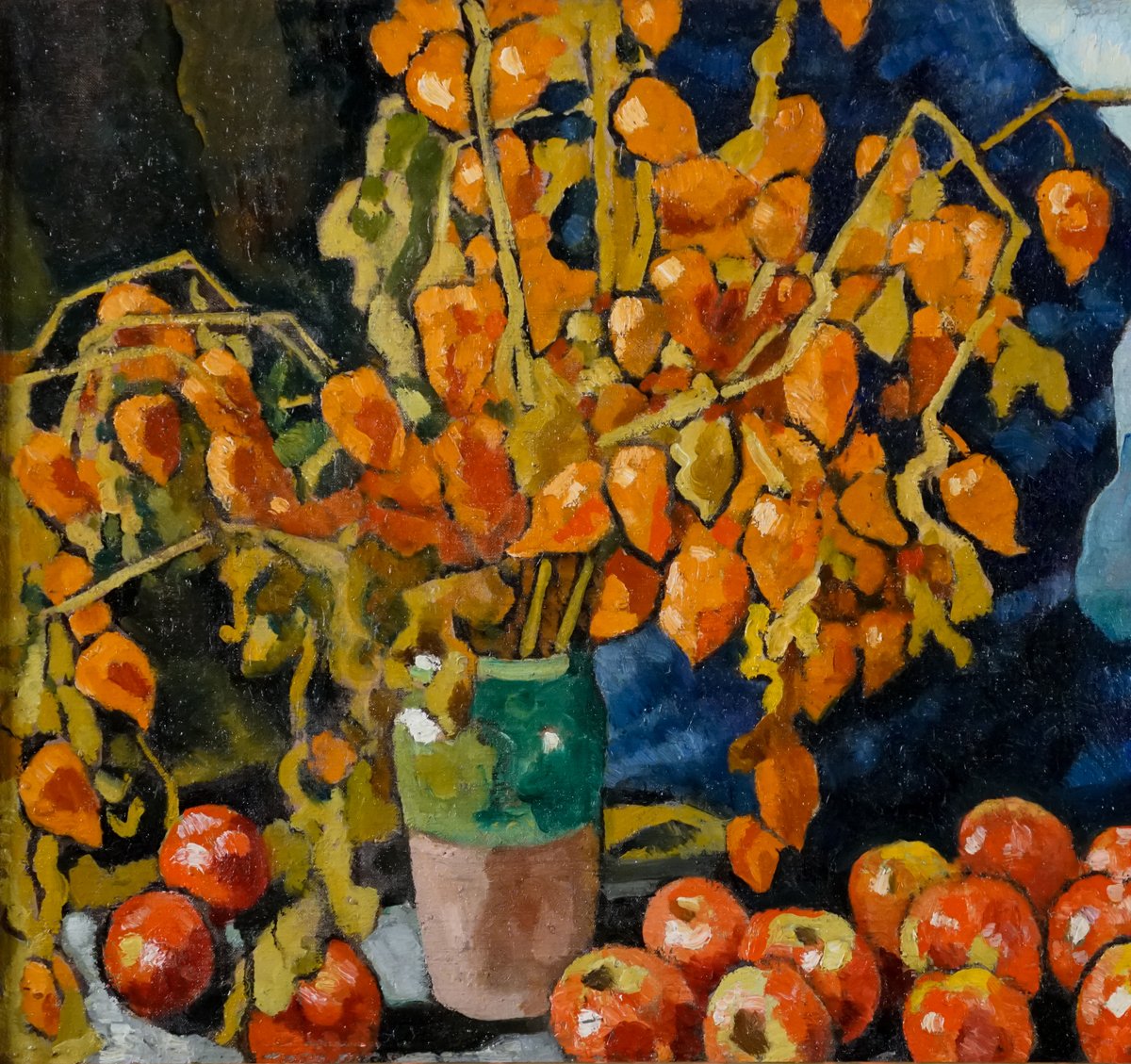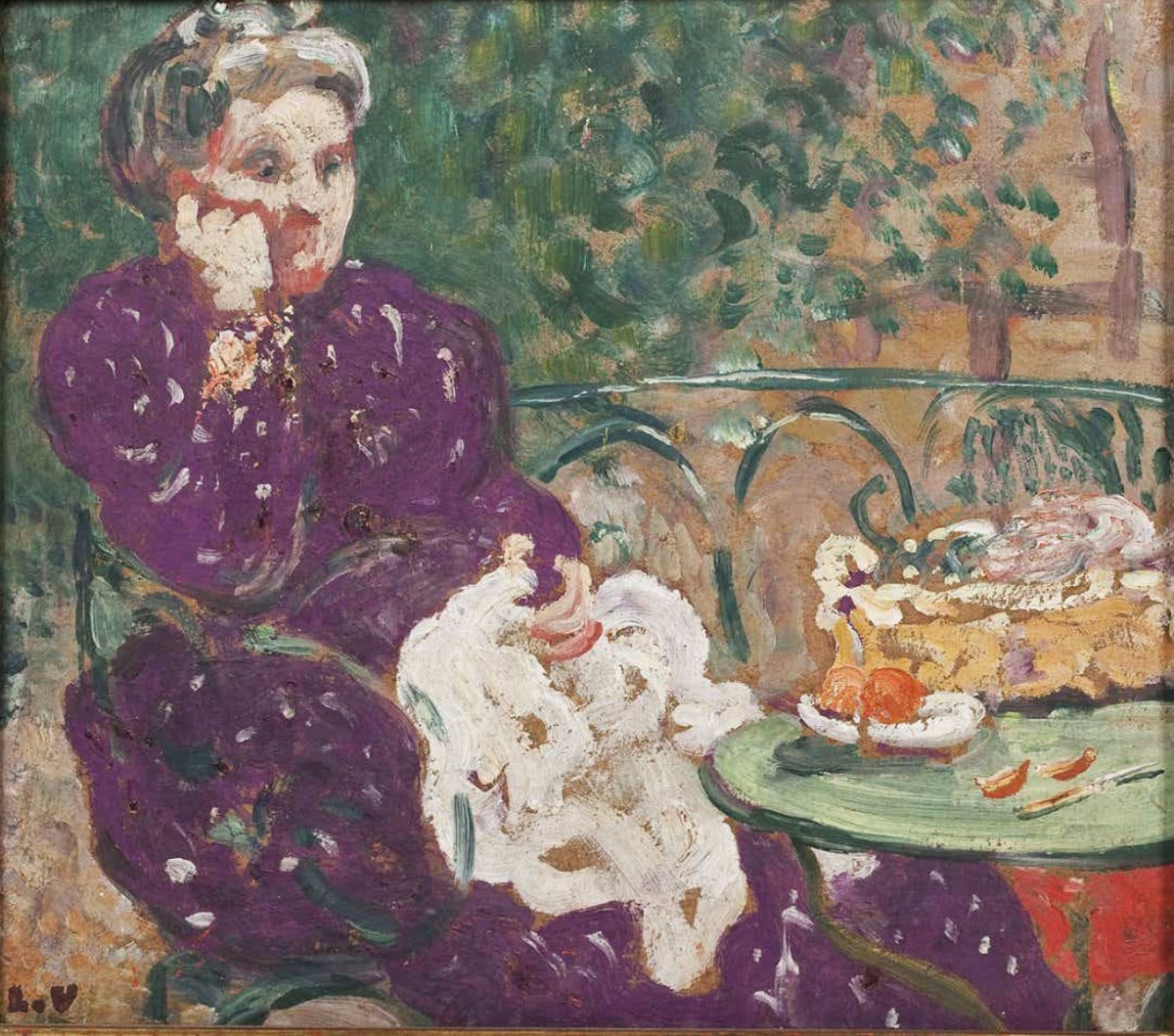Artists
Louis Valtat
French, 1869-1952Louise Valtat was a French painter, printmaker and stage designer. He spent much of his youth in Versailles, moving in 1887 to Paris, where he studied under Gustave Moreau at the Ecole des Beaux-Arts and under Jules Dupre at the Academie Julian. There he met Maurice Denis, Pierre Bonnard, Edouard Vuillard and Albert Andre.
With a keen interest in both artistic precedents and contemporary trends, he absorbed in the mid-1890s the chief tenets of Impressionism, Van Gogh’s work and Pointillism before slowly developing his own style. In 1895 he collaborated with Henri de Toulouse-Lautrec and Andre on the set of a French play. Under Toulouse-Lautrec’s influence, his own works darkened both in color and sentiment. However, by 1896 he painted contemporary French life with an overall sunnier, more optimistic air, as in Water Carriers at Arcachon, in which he referred to Van Gogh, as well as looking to Fauvism for his use of bold colors.
From 1899 to 1914, Valtat divided much of his time between Paris and a house he built in Antheor, near le Lavandou, but early on he also traveled and considerably broadened his contacts with other artists. In 1894 and early 1895, he spent time with Aristide Maillol in Banyuls and Collioure, at the point when Maillol abandoned a career in textiles for sculpture. He visited Auguste Renoir several times between 1900 and 1905 at Magagnosc, near Grasse. Their portraits of each other included a wood engraving of Renoir, and they collaborated on a sculpted bust of Cezanne. In 1902 in Venice, Valtat translated his direct observations of southern light into a striking group of broadly painted works. He visited Signac at St. Tropez in 1903 and 1904 and recorded North African street life in several oil sketches. He also explored Normandy in 1907.
As early as 1893 Valtat exhibited at the Salon des Independants, La Libre Esthetique in Brussels in 1900, and the ground breaking Salon d’ Automne in 1903. Among the reproductions in Louis Vauxcelle’s review of the Salon d’ Automne of 1905, in which the term ‘Fauve’ was first used, was a loosely brushed marine scene by Valtat. Valtat, however, always remained detached and on the fringe of the Fauvist circle. His palette then was bright, but the distortions of color and line were not quite as bold or reduced as those achieved by Henri Matisse. (Excerpt from the Grove Dictionary of Art)
Valtat’s painting, Portrait de Femme, is a beautiful example of Valtat’s command of female portraiture. The woman in this piece is pictured in profile, casually resting in an armchair and gazing off to our left. S he appears informal yet refined as she sits for the artist. As per his signature technique, Valtat utilizes petal-like strokes of subtle color in this painting. His muted palette is complemented with touches of vibrant color, which keep the viewer’s eye engaged. Like his other portraits of women, Portrait de Femme includes many softly curving lines; the enveloping armchair, her rounded flowing dress, and soft topknot of auburn hair all speak to the femininity of Valtat’s subject.



